From wardrobe restrictions to banned words, the royal family rules you may not have known
Being royal might be full of glittering tiaras and world-class gowns, but there are also plenty of rules to follow
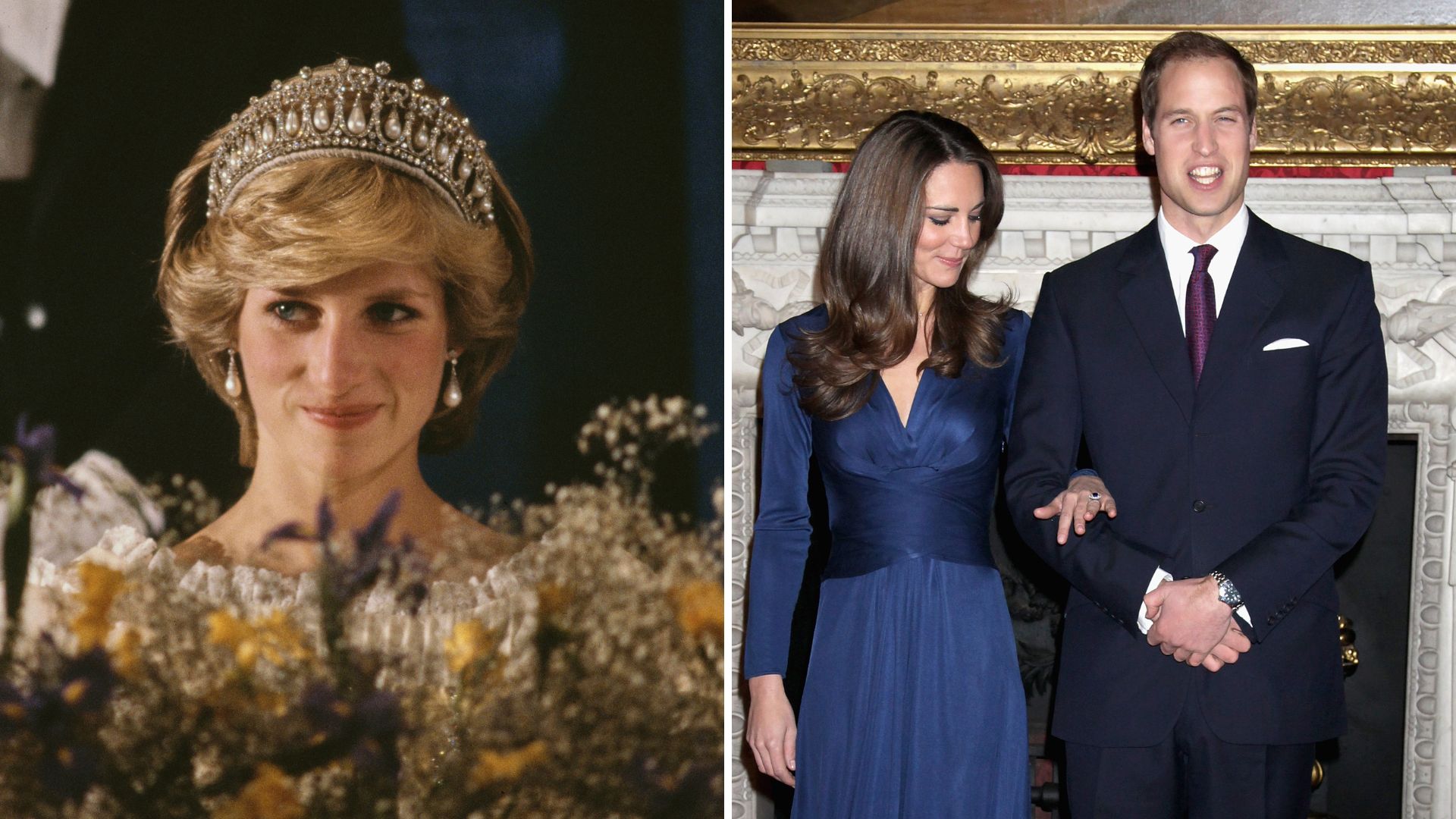

Tiaras, royal weddings and state banquets (oh my). It sure is a charmed life to be a part of the royal family.
However, it's not all sparkling jewels and worry-free royal tours. The royals are scrutinised across the entire globe so it's no surprise that they all operate under a surprisingly strict set of rules and protocols.
Some are well-known, but some may come as a surprise.
Royal family rules you may not have known
Heirs cannot travel together
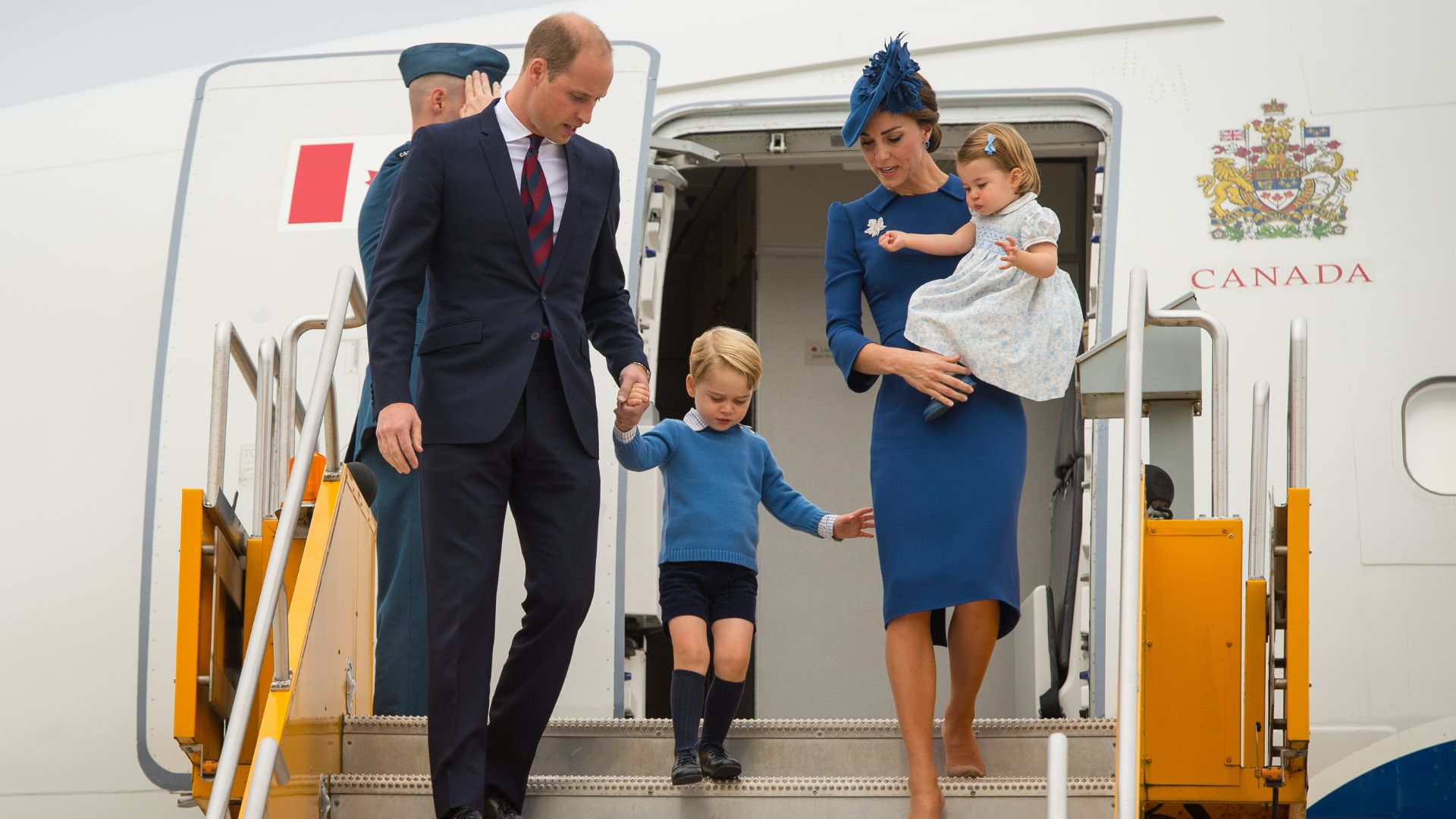
This one makes sense, but it still makes it seem quite harsh on the likes of a young Prince George who technically wouldn’t be able to travel with his father after he turns 12.
Future heirs must protect the line of succession, and if the worst was to happen, losing multiple direct heirs in one tragic accident would change the course of history. However, the Prince and Princess of Wales have gone against this rule during numerous royal tours, where they were seen arriving on the same plane with their children.
Royals must accept any gifts given

As one of the oldest royal families in the world, it’s no surprise that people across the globe want to make their mark and bestow gifts upon the royals. And while it might seem puzzling – how do you get a gift for people who pretty much have it all? – royals cannot turn anything down.
Per their official website, "Official gifts should be acknowledged wherever possible, recorded and be traceable at all times."
Sign up for the woman&home newsletter
Sign up to our free daily email for the latest royal and entertainment news, interesting opinion, expert advice on styling and beauty trends, and no-nonsense guides to the health and wellness questions you want answered.
Mealtime ends when king Charles is done
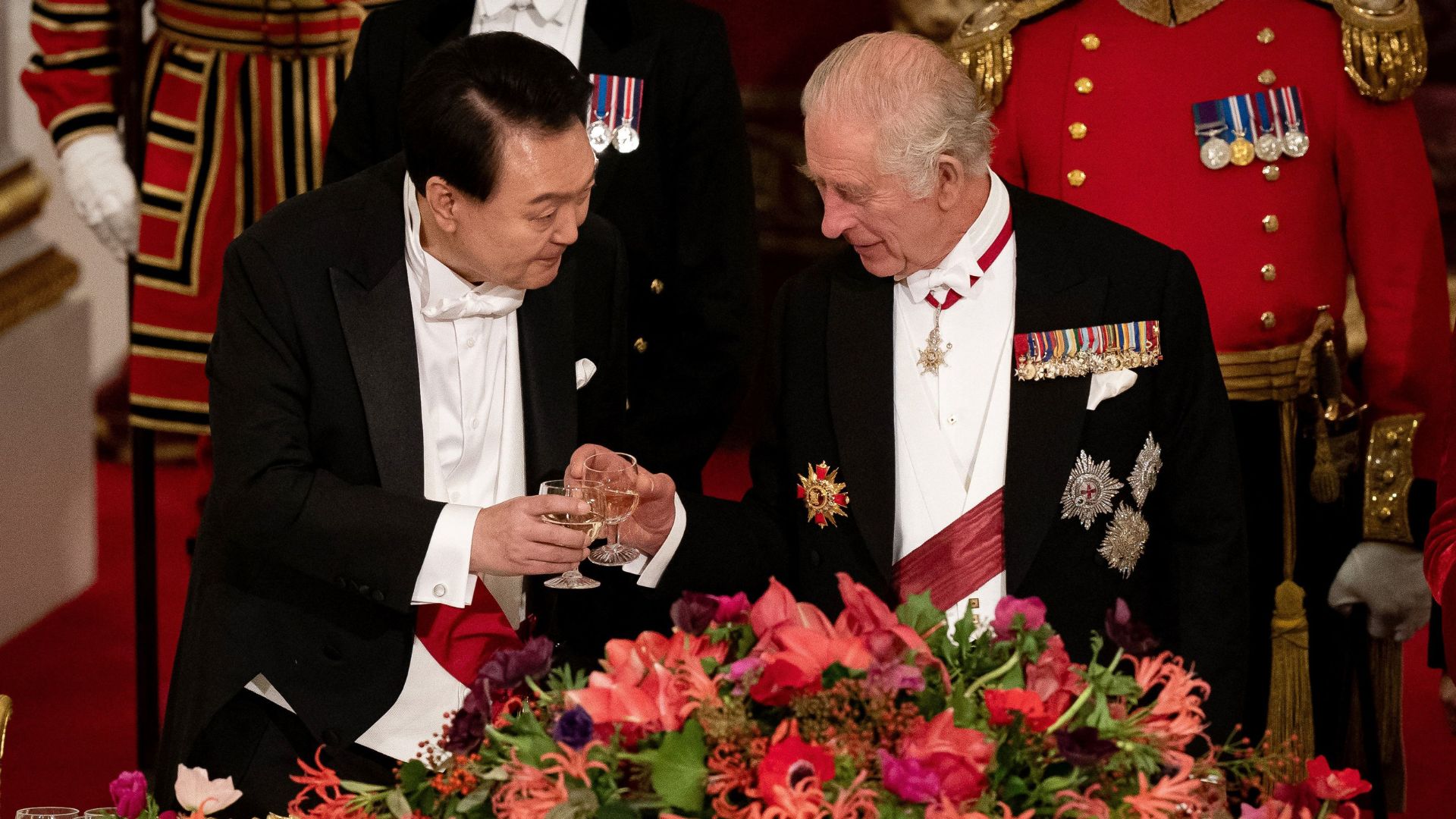
If you ever find yourself lucky enough to be dining alongside the royalty, make sure you eat quickly. You won’t have time to savour the flavours for too long because royal protocol dictates that when the monarch is finished, the meal is finished for everyone.
It’s widely reported that Queen Elizabeth II would politely toy around with her food when she was done eating to give people plenty of time to dine. Thoughtful.
You can't turn your back on the monarch

Once a conversation with the monarch is finished, the King must be the first to leave. It is widely understood that one shouldn’t have their back turned to the King or Queen.
Curtsies and bows are required – by everyone
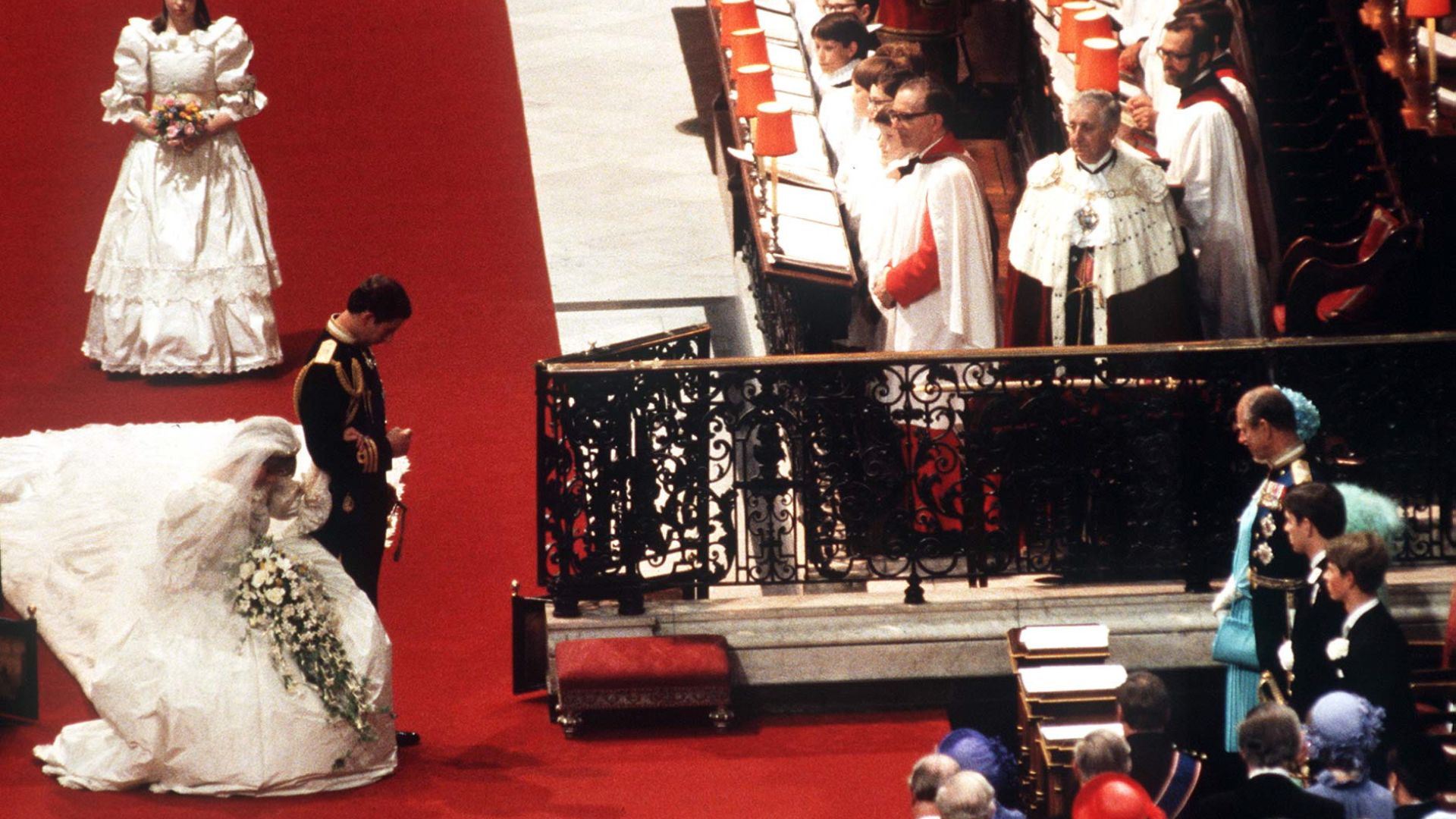
When greeting the monarch, men must bow their heads and women must curtsy – even if it’s family. This even includes brides on the wedding day, with Diana famously curtsying to the late Queen in her voluminous gown.
All royals must bow or curtsy to King Charles and Queen Camilla. As for the rest of the family, generally anyone with a ‘Royal Highness’ title doesn’t need to bow or curtsy to another Royal Highness.
When the King stands, everyone stands
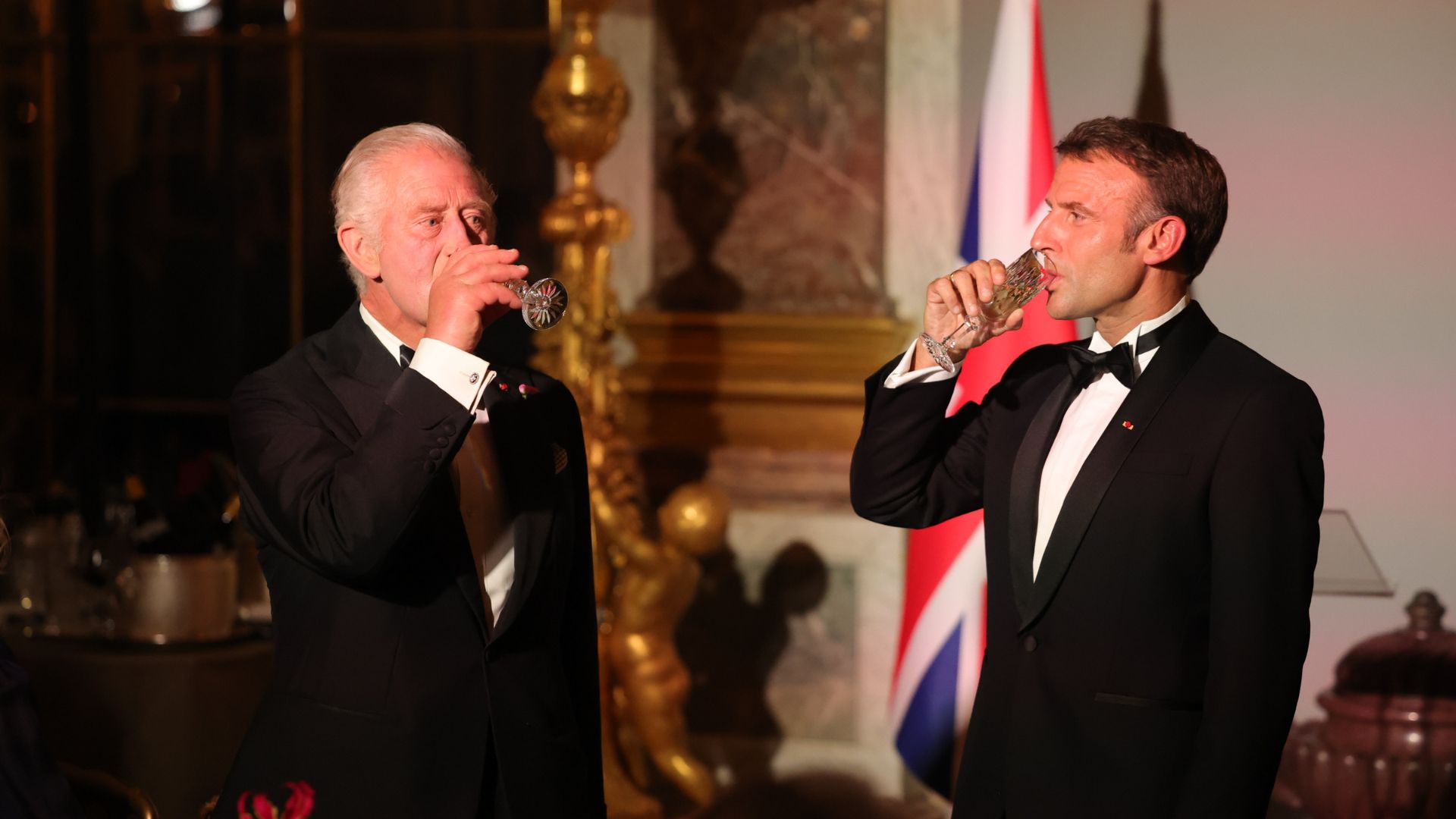
At any formal event where the King is present, if he rises to his feet, it’s understood to be the correct etiquette to follow suit. If the King isn’t present, this is also meant to extend to whoever the most senior-ranking royal is.
They follow a strict diet for safety reasons
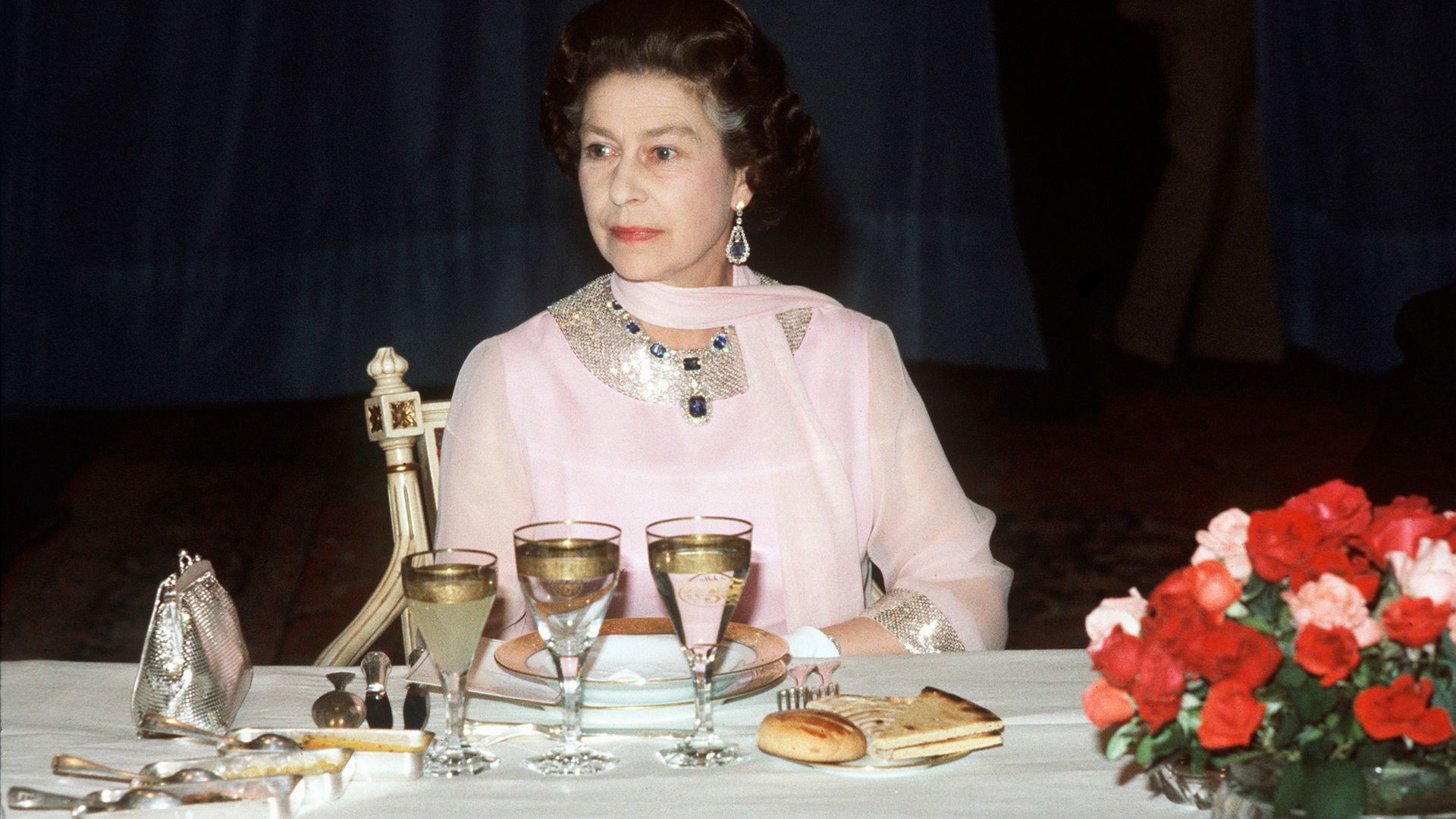
The royal family are all forced to follow a rather restrictive diet for safety reasons. Food like shellfish – which carry a high risk of food poisoning – are banned when the family travels.
Because he is a staunch defender of animal rights, King Charles also implemented a ban on foie gras at all royal residences back in 2008.
There are other restrictions for polite reasons

While there are plenty of foods banned for health and safety reasons, there are other foods reportedly banned for social reasons.
The late Queen Elizabeth reportedly banned garlic and onions from the menu, since royals would need to be chatting away all night and couldn’t risk unpleasant breath.
Love doesn't trump everything

The idea of someone risking everything – even their dynasty – for true love might be something plucked right out of a fairy tale… and that’s why it pretty much only exists in the fantasy realm.
According to the Royal Marriages Act of 1772, all royal descendants must seek the monarch's approval before proposing.
Certain games are off limits
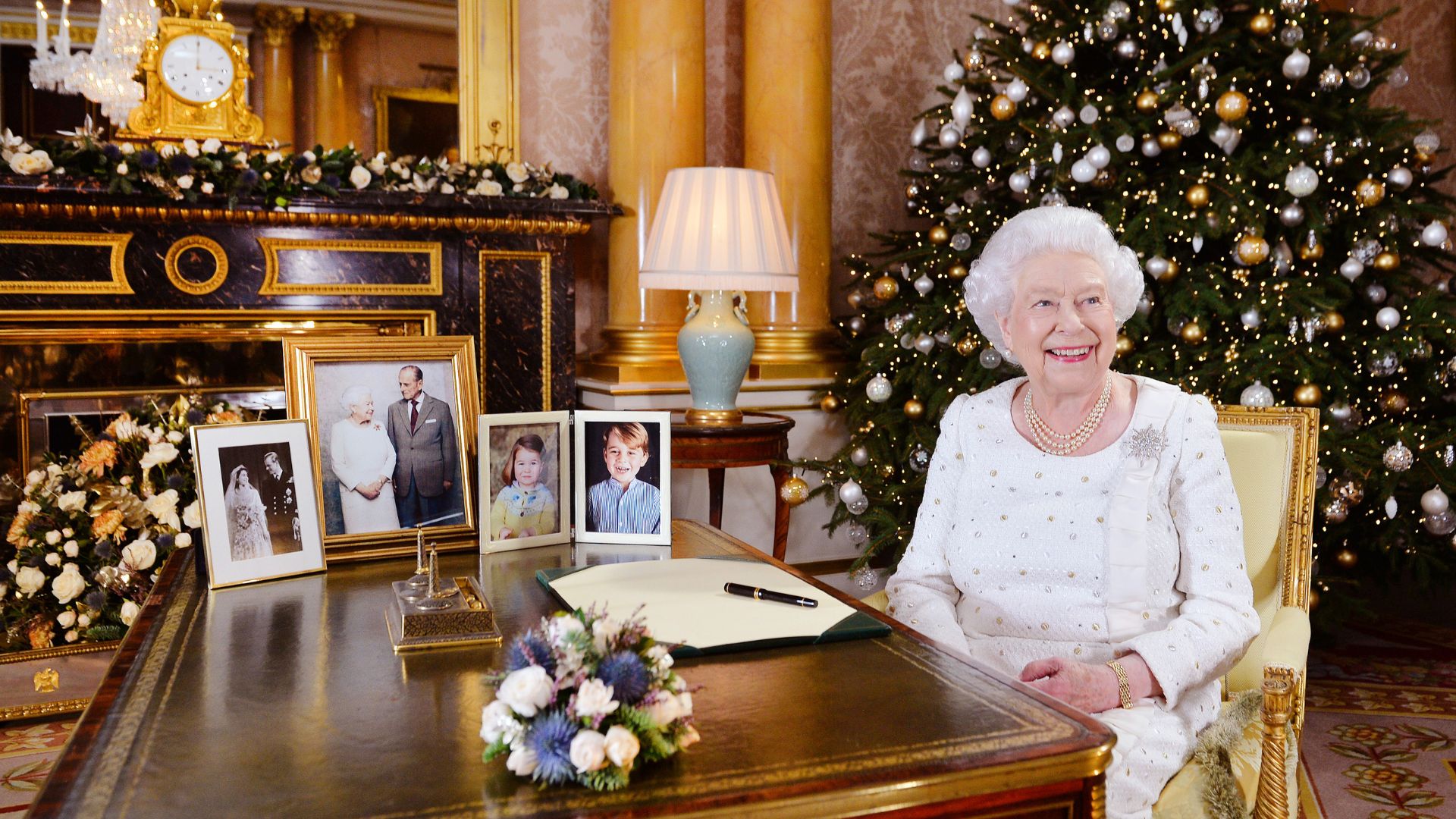
Less of a hard rule and more of a strong suggestion based on past behaviour, the late Queen Elizabeth reportedly banned Monopoly from all the royal residences after too many Christmas board game nights turned nasty.
It was Prince Andrew who confirmed this, per the Telegraph, when he said: “We’re not allowed to play Monopoly at home It gets too vicious."
A royal bride always carries myrtle

With the royals, long-held lovely family traditions eventually become consecrated as non-negotiable rules.
Every royal bride since Queen Victoria has included a sprig of myrtle – which symbolises love and hope – and now it’s considered a must for a bridal bouquet to feature a sprig of myrtle picked from Queen Victoria's garden at Osborne House on the Isle of Wight.
Certain words mustn’t be uttered
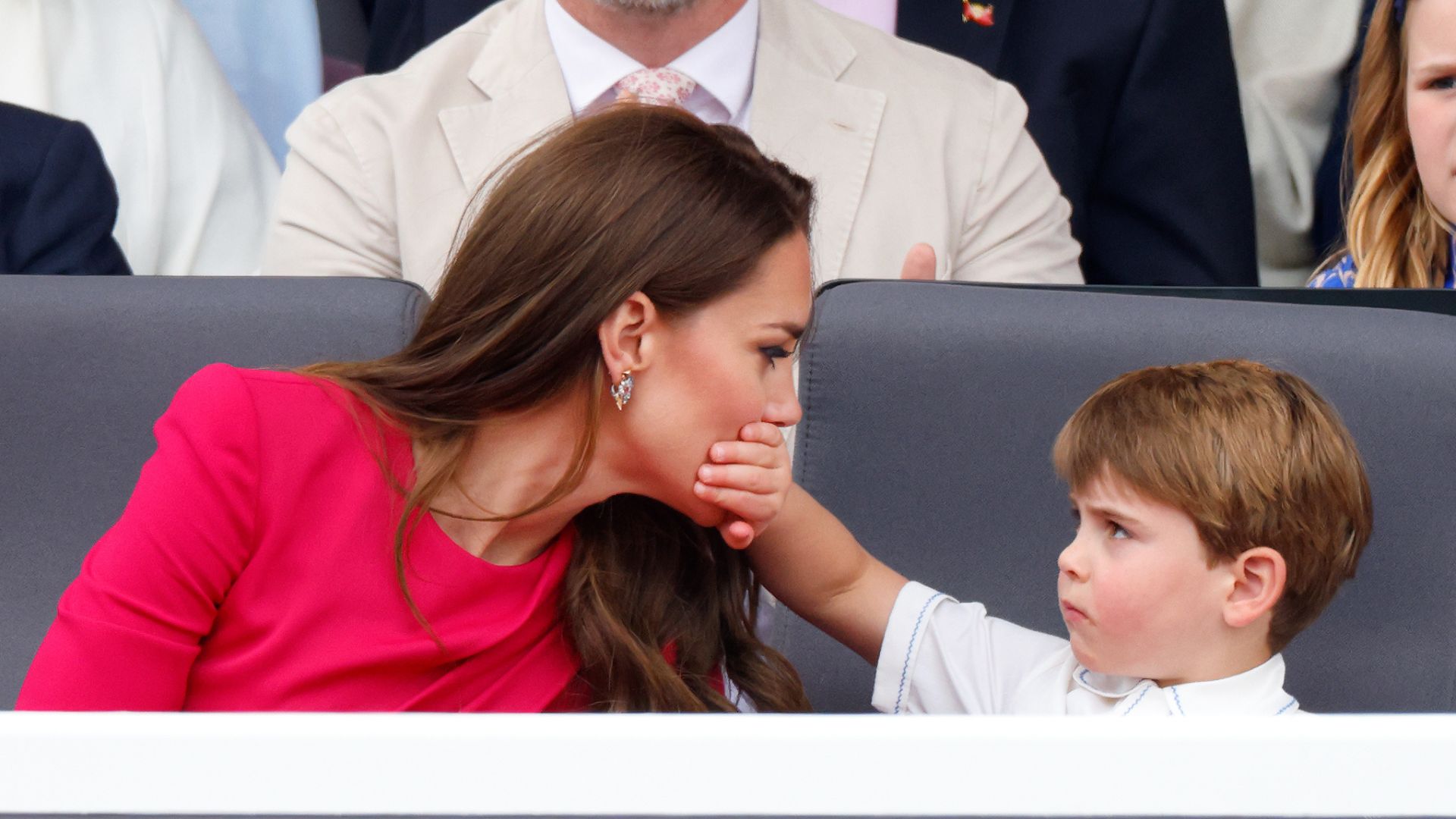
The royals reportedly refuse to say some common words. Things like 'toilet' and 'couch' will never be uttered, with the more proper terms being 'lavatory' and 'sofa' respectively. Other words reportedly banned from royal repartee include expressions like 'pardon' and even 'perfume', with them preferring to use the word 'scent'.
Fur is not always in style
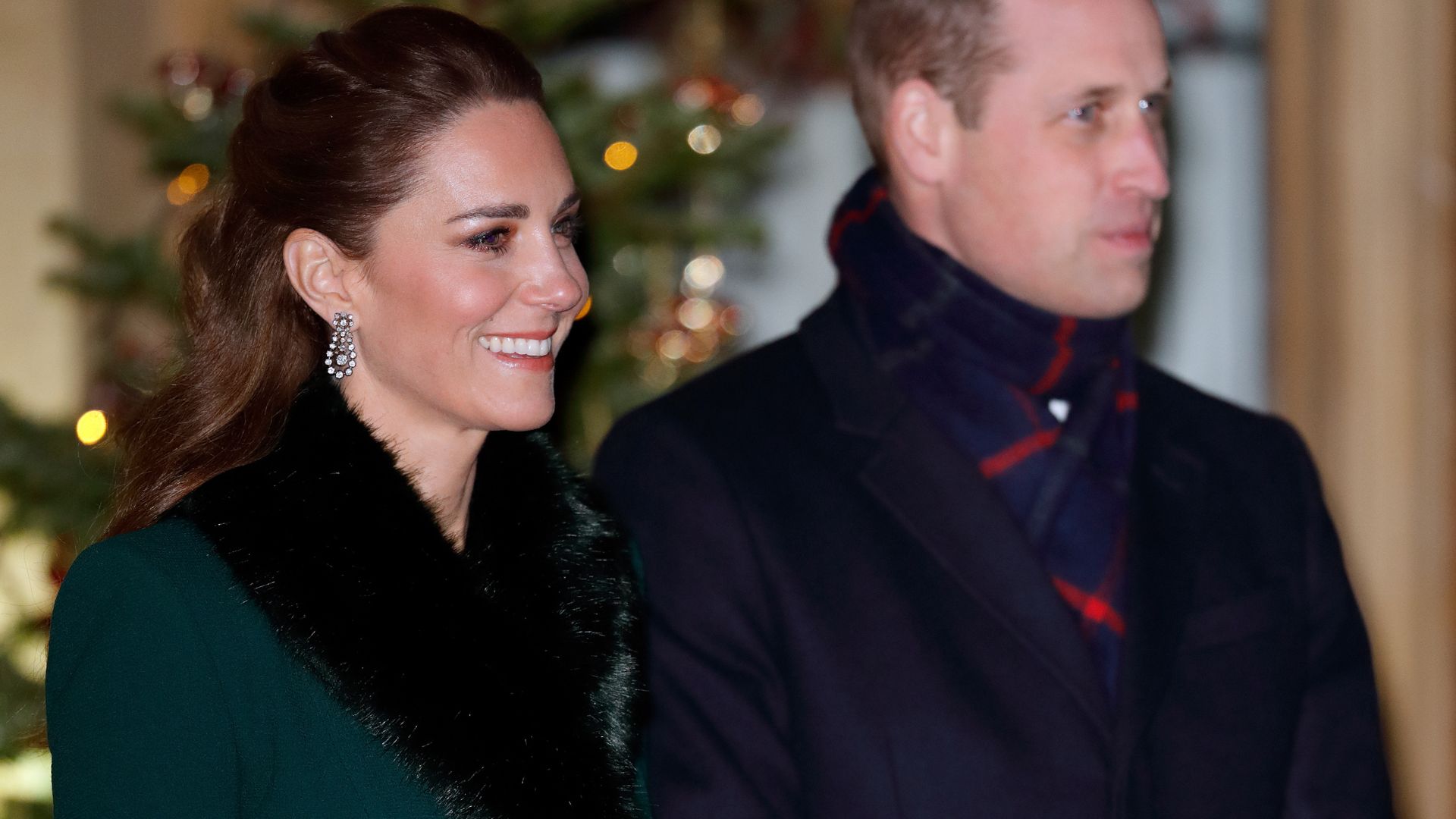
This one has a few layers to it. Royals stopped wearing animal fur for good around 2019, when Queen Elizabeth II indicated she’d no longer wear the controversial material. But, going back a few centuries (to the 12th, to be exact), royals stopped wearing fur after King Edward III thought that ostentatious displays of wealth could cause animosity towards the royals.
This isn’t strictly followed anymore, though most royals wear faux-fur hats and wintry accessories.
Never travel without preparing for the worst
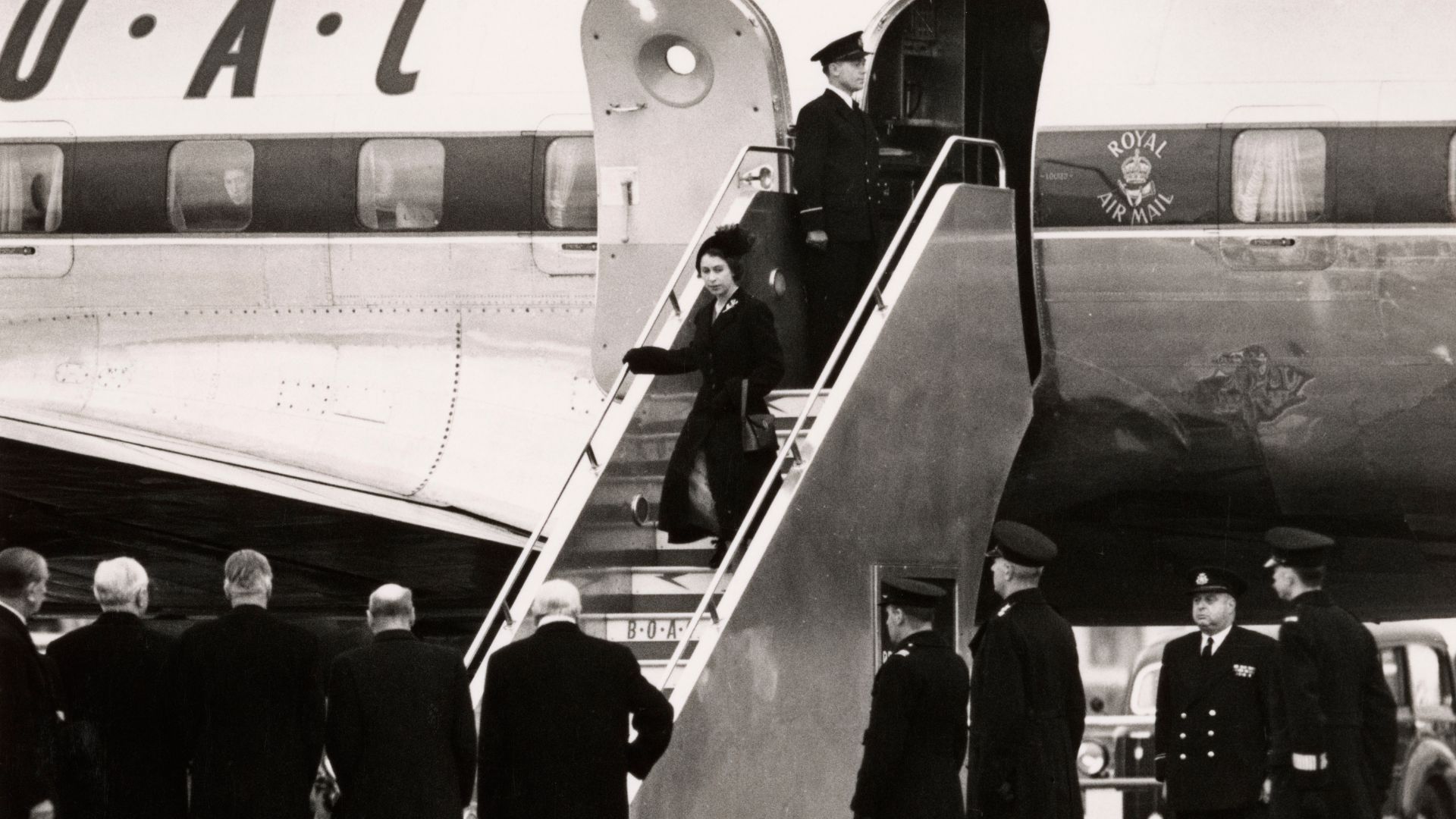
When packing for a jaunt overseas, most of us try to squeeze in enough books, bikinis and other balmy weather essentials. But the royal family always has to leave room for something one might not always associate with a holiday – a black mourning outfit.
This is because protocol dictates that a royal must be prepared to be mourning if someone were to die and stretches back to 1952 when the then-Princess Elizabeth had to return home from Africa following the unexpected death of her father, King George VI. It’s understood that the young Princess didn’t have a black dress to hand and had to wait on the plane for one to be delivered before stepping off in appropriate attire.
PDA is limited based on the event
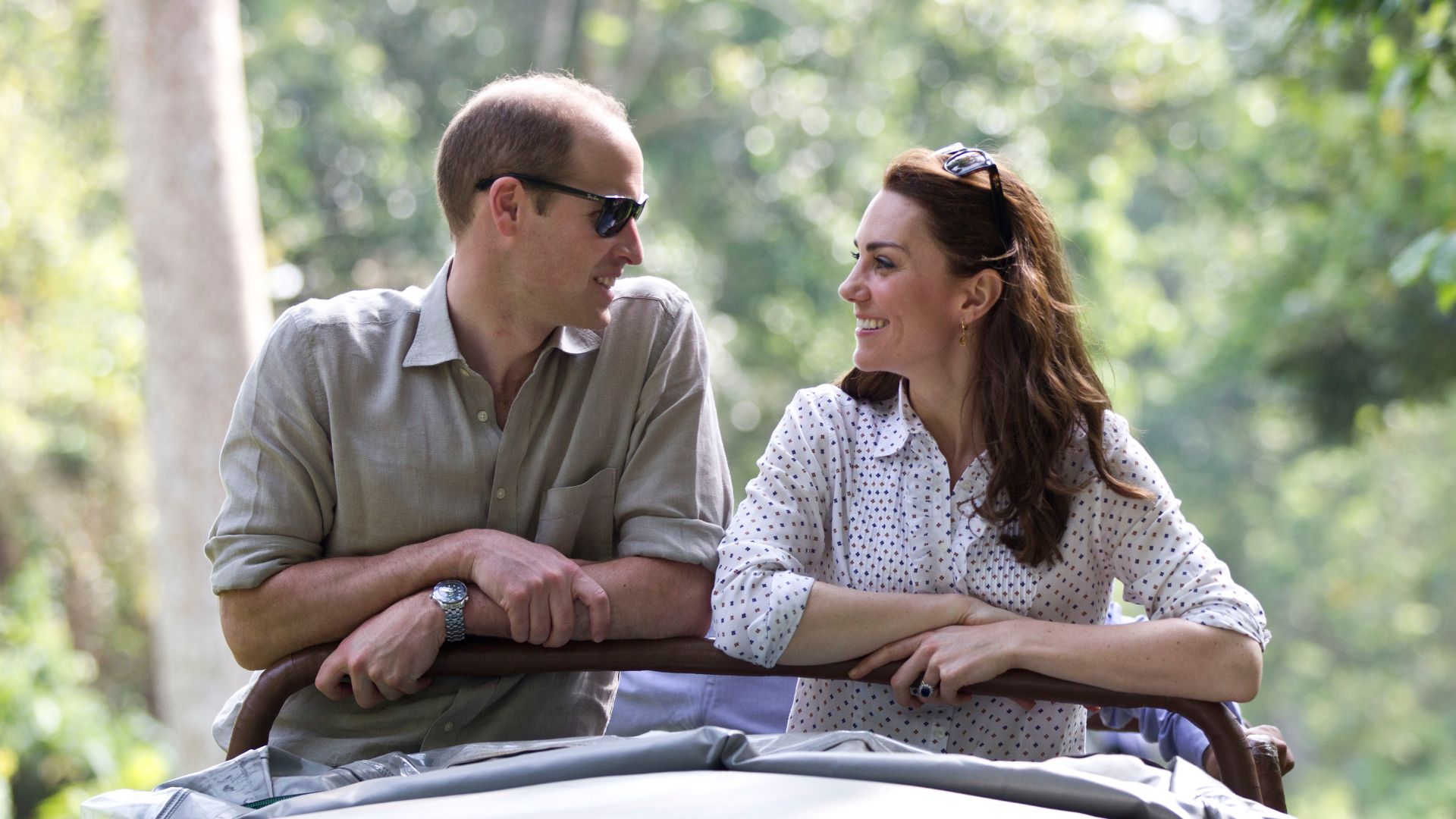
Public displays of affection have become more commonplace among the younger generation of royals, like Prince William and Catherine, Princess of Wales or Prince Harry and Meghan Markle, but there’s still an understanding that there’s a ‘right time, right place’ for it.
It’s thought that, while overseas and technically on the job when undertaking some of their royal tours, too much PDA might look unprofessional.
Similarly, if the royals are attending a solemn occasion, they should act more reservedly. "Going to somewhere like the mausoleum is very much an official, straight-laced kind of event and you wouldn’t hold hands there if they’re there on an official visit," royal writer Judy Wade explained to People. "Different types of occasions call for different types of behaviour."
Every detail of a royal event is meticulously planned, even down to the seating

Perhaps not a surprise, but a royal seating plan is more complex than popping name cards anywhere. The Office of the Marshal of the Court works out exactly who sits where when invited to a royal soiree. Seating will, naturally, follow some sort of order of precedence, but factors like age, language, and interests are included too.
Political opinions aren’t allowed
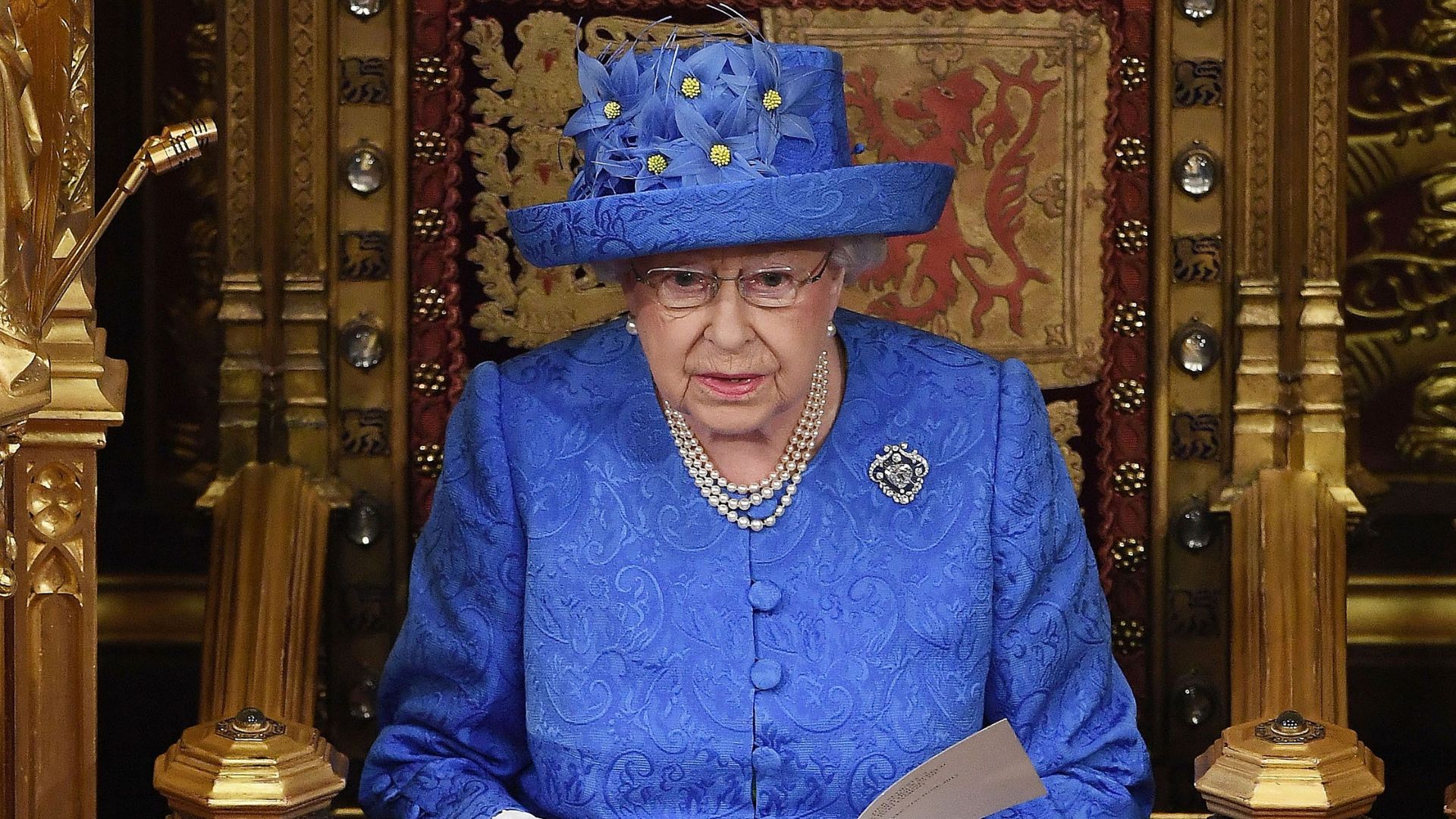
The royal family must remain politically neutral and try to refrain from being too vocal on issues pertaining to the government. One of the biggest reasons for this is so that the monarch can stand for the whole nation.
While royals don’t vote or reveal too much of their own beliefs, there have been inferred gestures in the past, including the late Queen’s blue and yellow hat – the colours of the European Union flag – for the State Opening of Parliament following Brexit (Britain exiting the EU) and a snap election in 2017.
Dinner conversations follow a formula
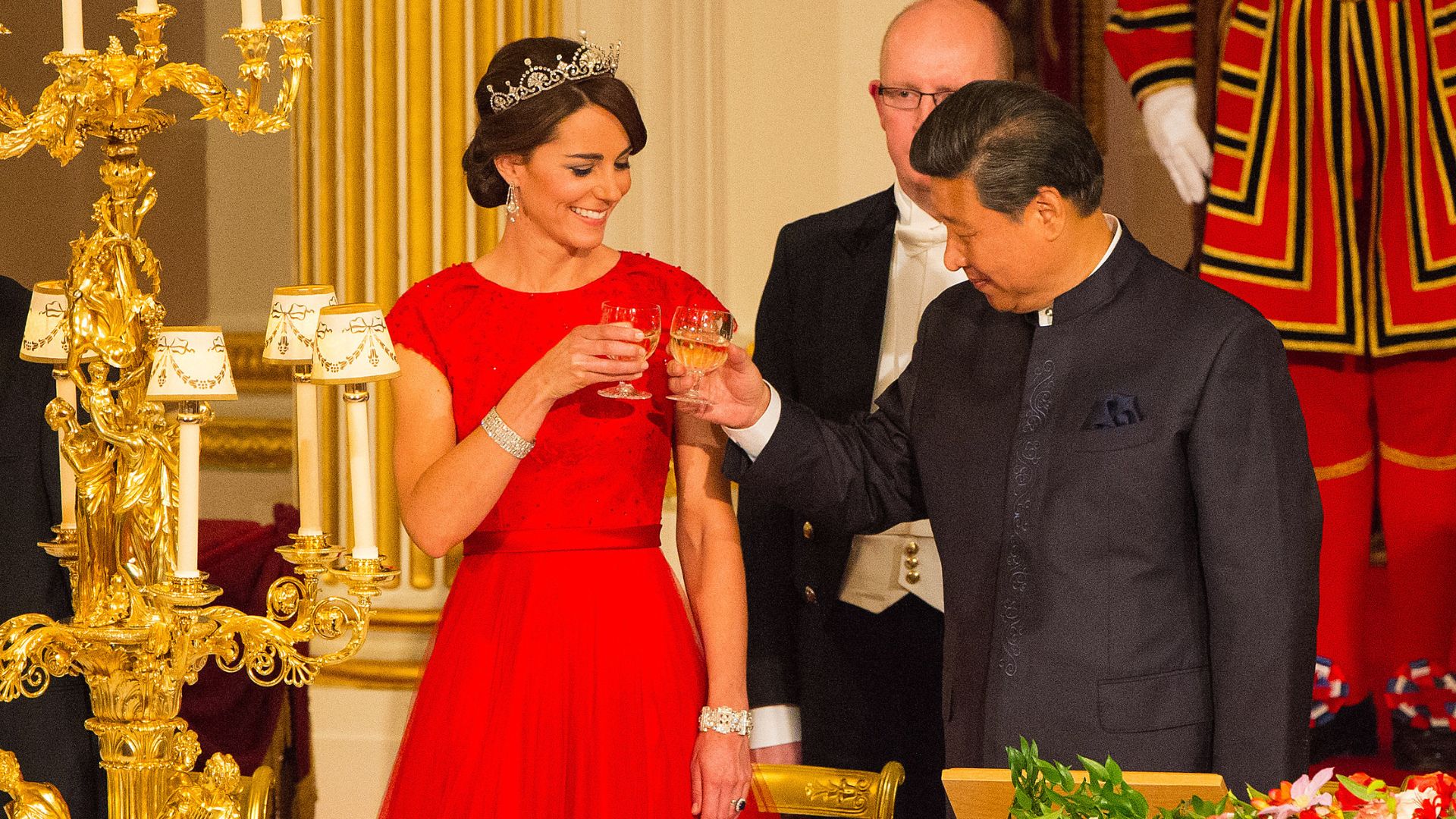
Following an old rule of etiquette at all formal dinner parties, the host at a royal dinner (usually the monarch or a senior ranking royal) will speak to the person on their right, then they’ll switch to the person on the left during the second course.
Formula One driver Lewis Hamilton fell afoul of this rule as he explained during an appearance on the Graham Norton Show. Describing how he tried to initiate conversation right off the bat, he explained, “She said, pointing to my left, ‘No, you speak that way first and I'll speak this way and then I'll come back to you.'"
Tiaras must be worn for evening events (but there are restrictions)
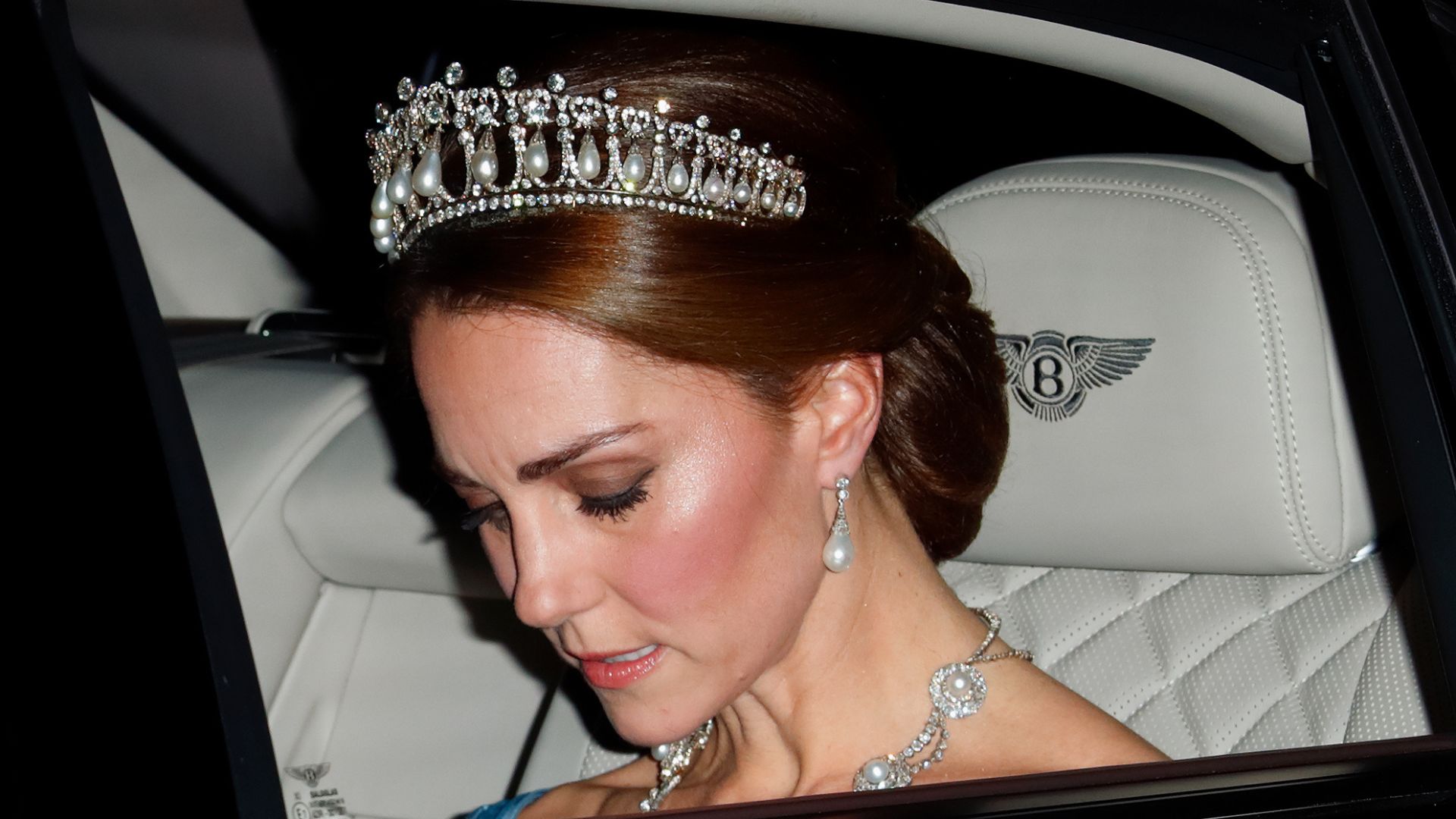
If the royals are invited to a formal evening event – usually anything after 6pm – it’s expected for the women to wear tiaras. However, not just anyone has the right to rock one of the most sparkling tiaras from the royal vaults.
The dazzling diadems which give the royals their best tiara moments are reserved for women with a Royal Highness title and are to be worn only by married women.
There’s a ‘correct’ way to wear a tiara

Tiaras used to be worn a lot lower on the head, and now they're pushed further up. But to avoid this higher placement dulling the sparkle of the crowns, there's a proper way to wear them.
According to Tatler, the proper placement is easy to find with a simple process. Place your thumb on your chin indent and your forefinger between the brows. Keep the fingers the same distance apart but move the thumb up between the brows and the forefinger to the top of the head. Where that finger lands is the perfect place for tiara placement.
Parts of the tiara shouldn’t be seen
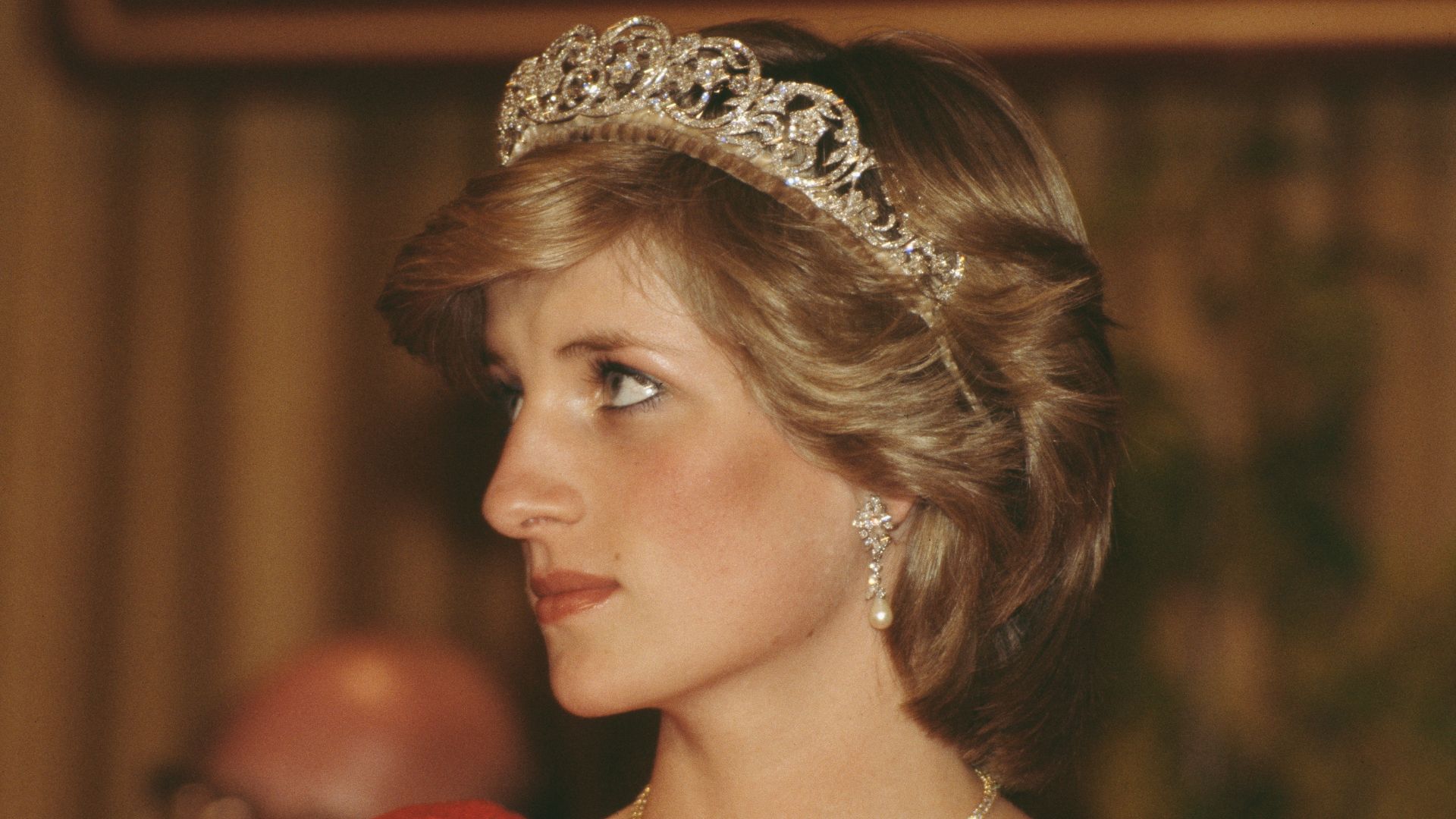
When worn, the only part of the tiara you see is the design on the top, but all tiaras are built onto a wire base that nestles into the hair.
Before wearing one, the royal will have the band wrapped in a length of velvet that matches the colour of her hair so that it blends in.
Shouldn’t wear black outside of mourning
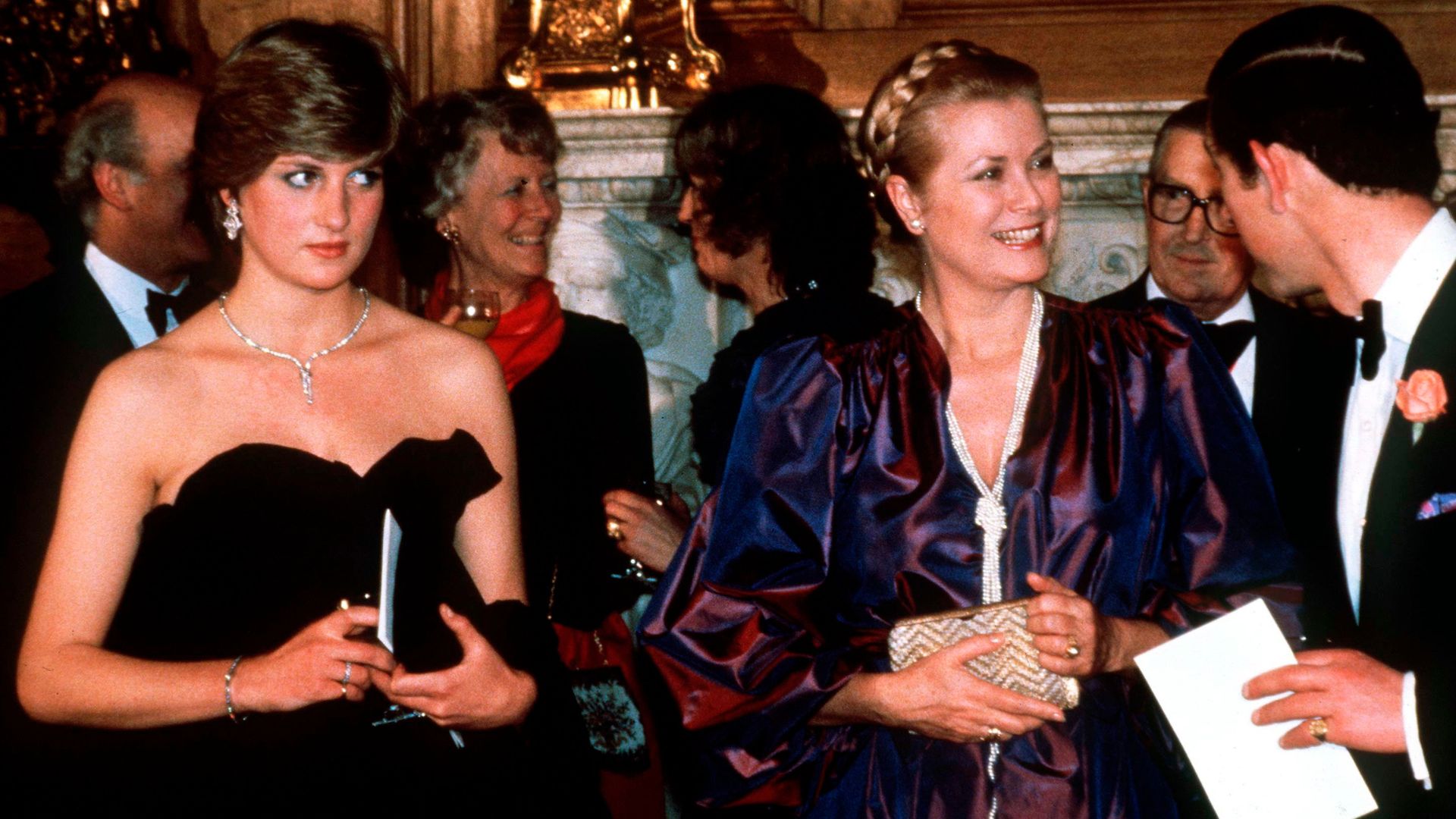
It's understood that a royal is only meant to wear an all-black ensemble when in mourning.
In a clip from the documentary, Diana: In Her Own Words, Diana recalls a time Charles scolded her for wearing a black dress to a royal engagement. "I remember walking into my husband-to-be's study, and he said, ‘You’re not going in that, are you?’"
Charles reportedly said, "But it’s black. Only people in mourning wear black."
Dinner utensils are used deftly

Royals have rules in place to keep things ticking, even if they can't give out commands easily.
If royals need to exit the room during dinner but haven't finished their food, they cross their utensils so the staff don't clear away the plates and end the dinner. If they're finished with a meal, they place the utensils at an angle, with the handles at the bottom right of the plate.
There’s a proper way to shake hands
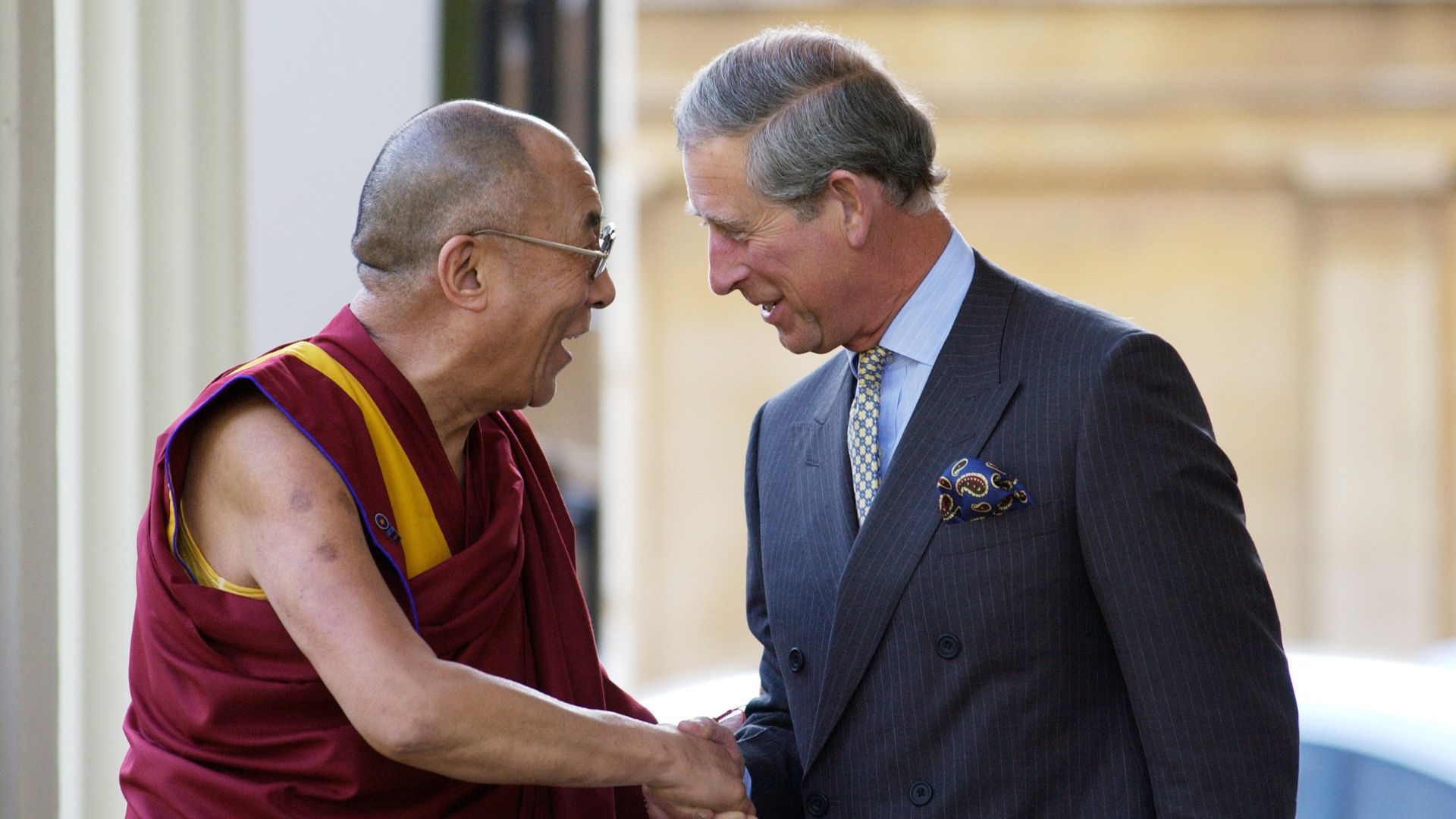
It's not a surprise that royals even have rules in place for how to properly shake hands.
"A royal handshake should consist of two to three pumps, with your palms open and thumbs down,” Grant Harrold, royal expert and director of the Royal School of Etiquette, told Insider.
"If you are a member of the public meeting a member of the royal family, you should never offer your hand to shake — wait for them to initiate the handshake."
Autographs aren’t allowed (selfies remain unclear)
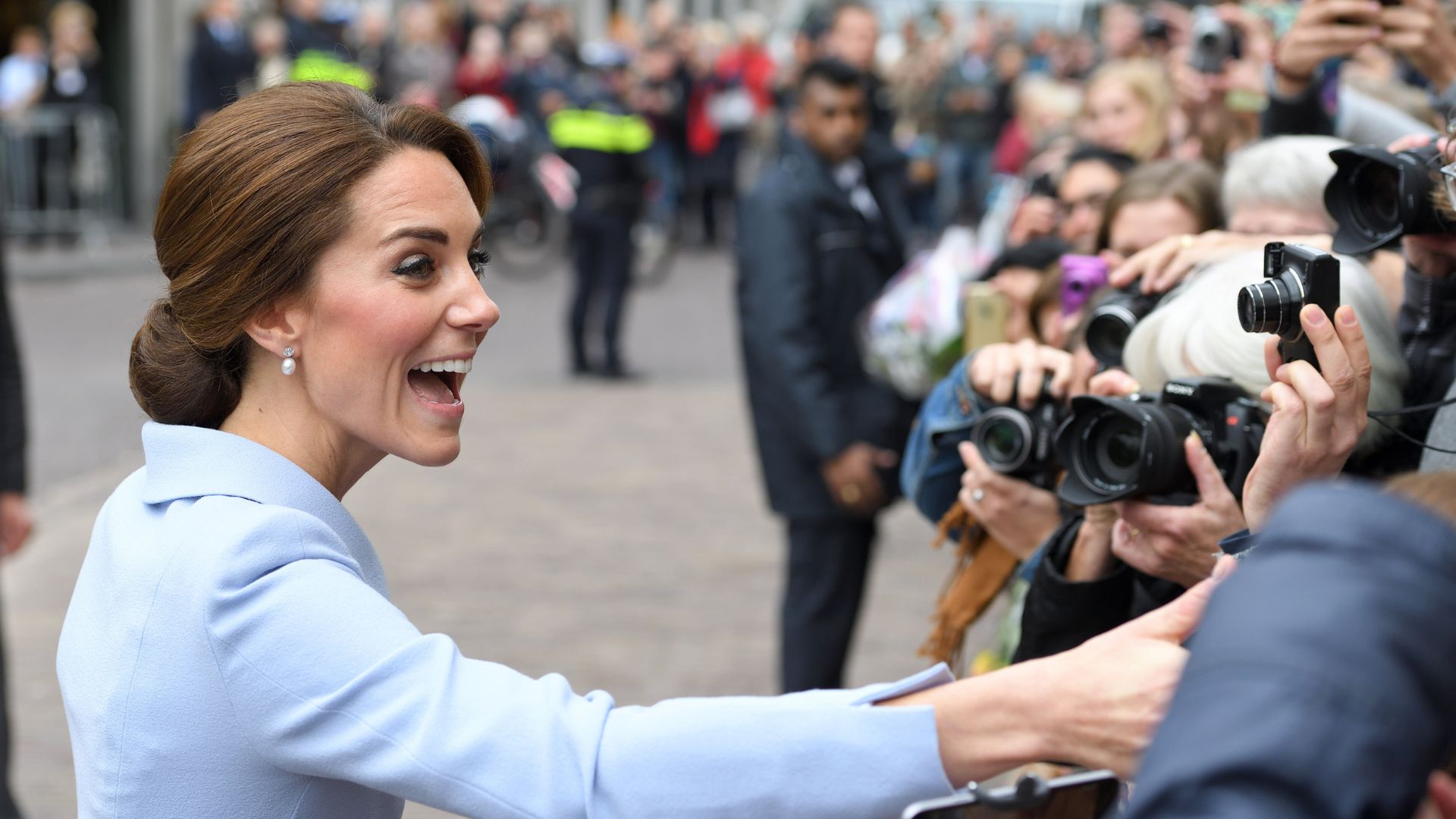
US Magazine seemingly confirmed a long-rumoured rule that royals can’t sign things when they described overhearing the Princess of Wales telling a young fan "My name’s Catherine. I’m not allowed to write my signature, it’s just one of those rules."
Members of the royal family aren't supposed to sign autographs for fans because of the risk of their signatures being forged.
Selfies weren’t really anything the likes of the Queen had to contend with for most of her reign, but now it’s thought that royals can pose for selfies with fans, but you probably should avoid thrusting a camera in their faces.
Royal women must wear hats to formal events

The late Queen Elizabeth was known for her array of flamboyant hats, and these weren’t (just) a big-and-bold fashion preference.
It’s believed that royal protocol dictates women wear hats for most formal events in the daytime, including weddings and royal horse races like Ascot.
It’s believed royal women shouldn’t go bare-legged

It was seemingly a rule that royal women had to wear leggings or tights and never be seen bare-legged. However, like much of the royal protocol, this was less a hard-and-fast rule and more a precedent established due to the late Queen Elizabeth’s lengthy, 70-year reign.
Her Majesty wasn’t a fan of bare legs so naturally women followed suit throughout her reign. Whether this is still a rule under King Charles remains to be seen.
Women used to follow the Queen’s preferred makeup style
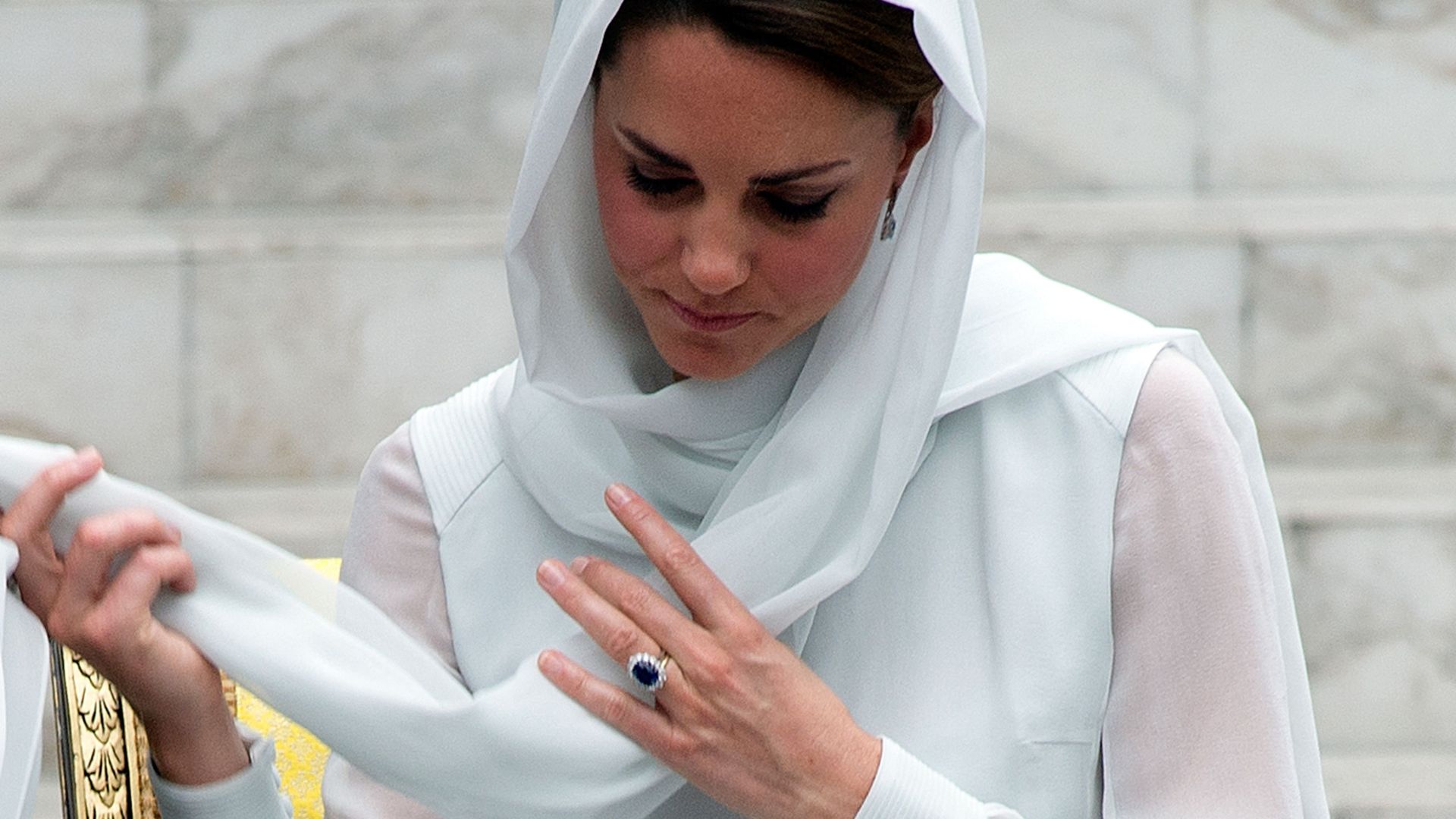
Another example of a precedent being set by the monarch and it becoming considered an established royal rule is how the late Queen Elizabeth’s personal preference for makeup aesthetics set the tone for the other women.
Her Majesty preferred a soft look, with dark nails and dark lipsticks a hard no. In fact, Queen Elizabeth was so committed to her look she famously stuck to the same nail polish for decades, Essie’s Ballet Slippers pink.
The bride *isn’t* the most important person
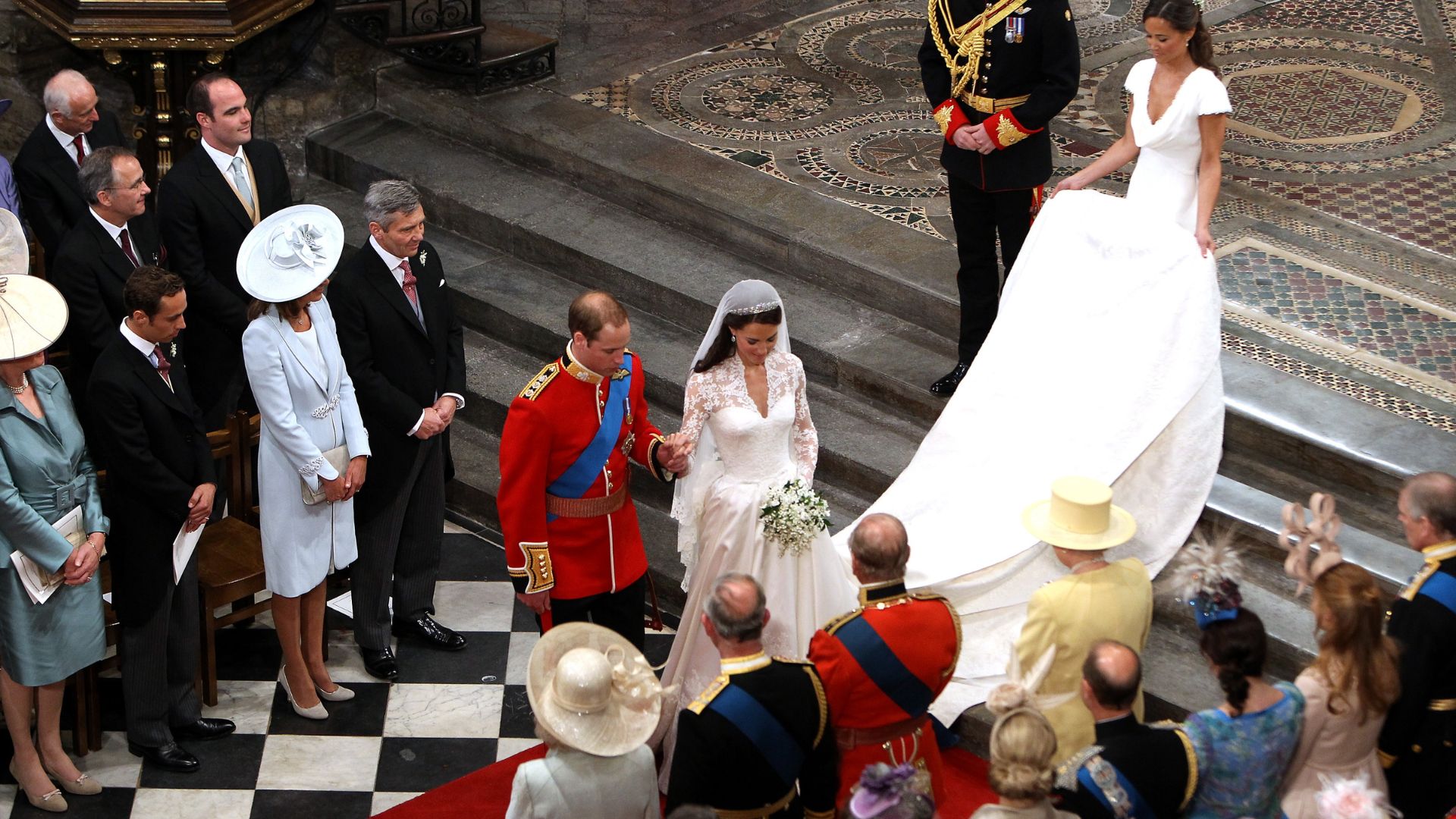
Despite weddings famously being considered ‘all about the bride,’ there’s no room for a royal wife-to-be to become a bridezilla. The late Queen used to have final approval on all royal wedding dresses. It’s not known if this rule is still followed under King Charles and Queen Camilla – but that’s partly because there hasn’t been a royal wedding under their reign.
Strict dress codes also apply to the children

If it seems like much of the royal protocol limits the women, the boys have some restrictions too. Many fans wondered why the likes of Prince George and Prince Louis were stuck wearing shorts in the cold for their Christmas day appearances at Sandringham.
This practice is rooted in a long-standing bit of protocol in British culture, where shorts are often seen as a symbol of youth and innocence and young boys can only make the leap to long pants when they’re older. However, for Christmas 2023, Prince Louis seemed to buck this trend as he wore trousers, indicating a more modern stance from the royals.
Royals must learn multiple languages
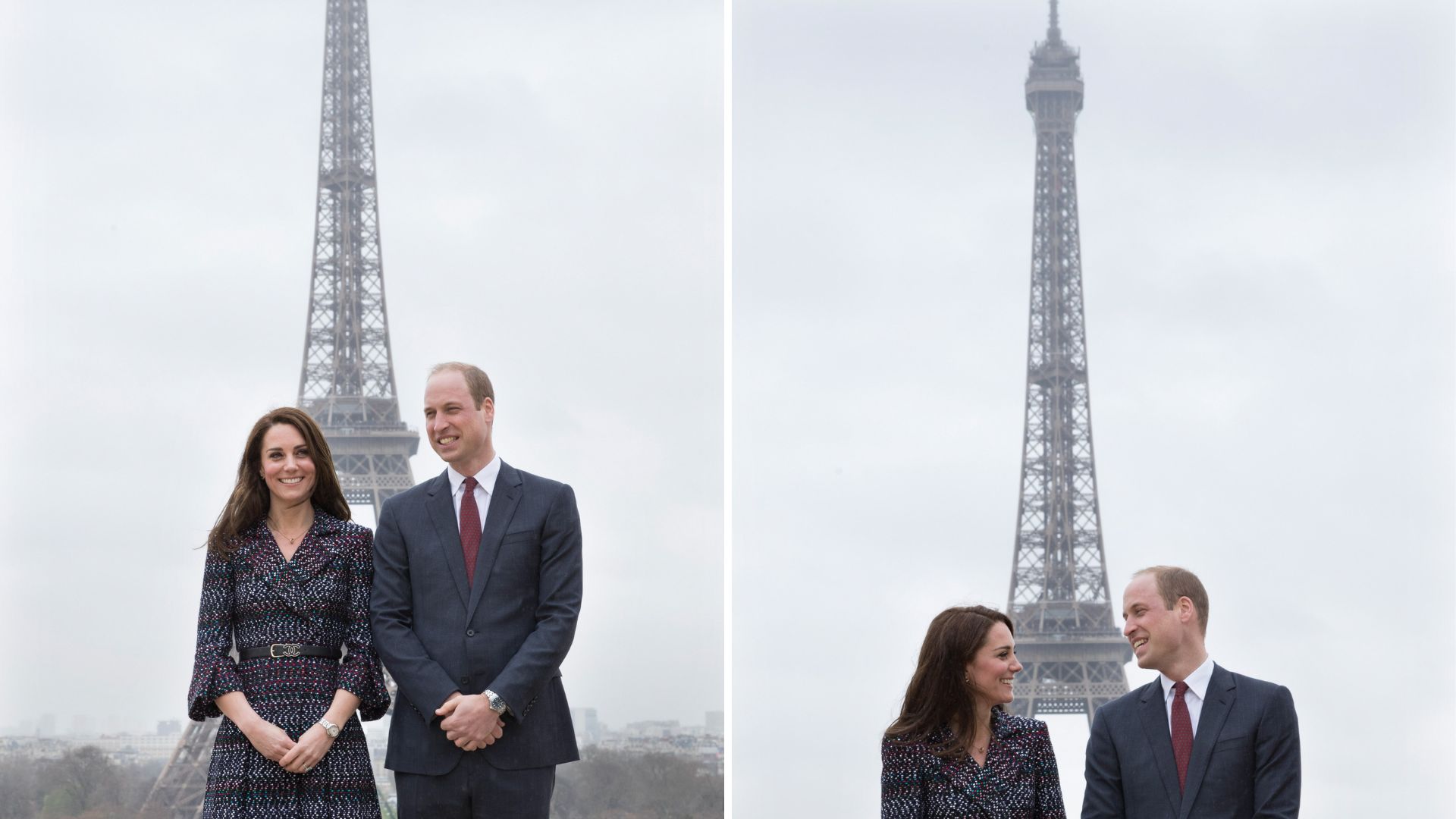
Considering their long-reaching diplomatic duties, it’s no surprise that it’s impressed upon members of the Royal Family to learn multiple languages.
It’s understood that the likes of Prince George and Princess Charlotte already speak phrases in Spanish, and Prince William is reportedly strong in at least five languages. He is reportedly fluent in French and can speak conversationally in Swahili, Welsh, Gaelic and Spanish.
Royals should be addressed by their full names only
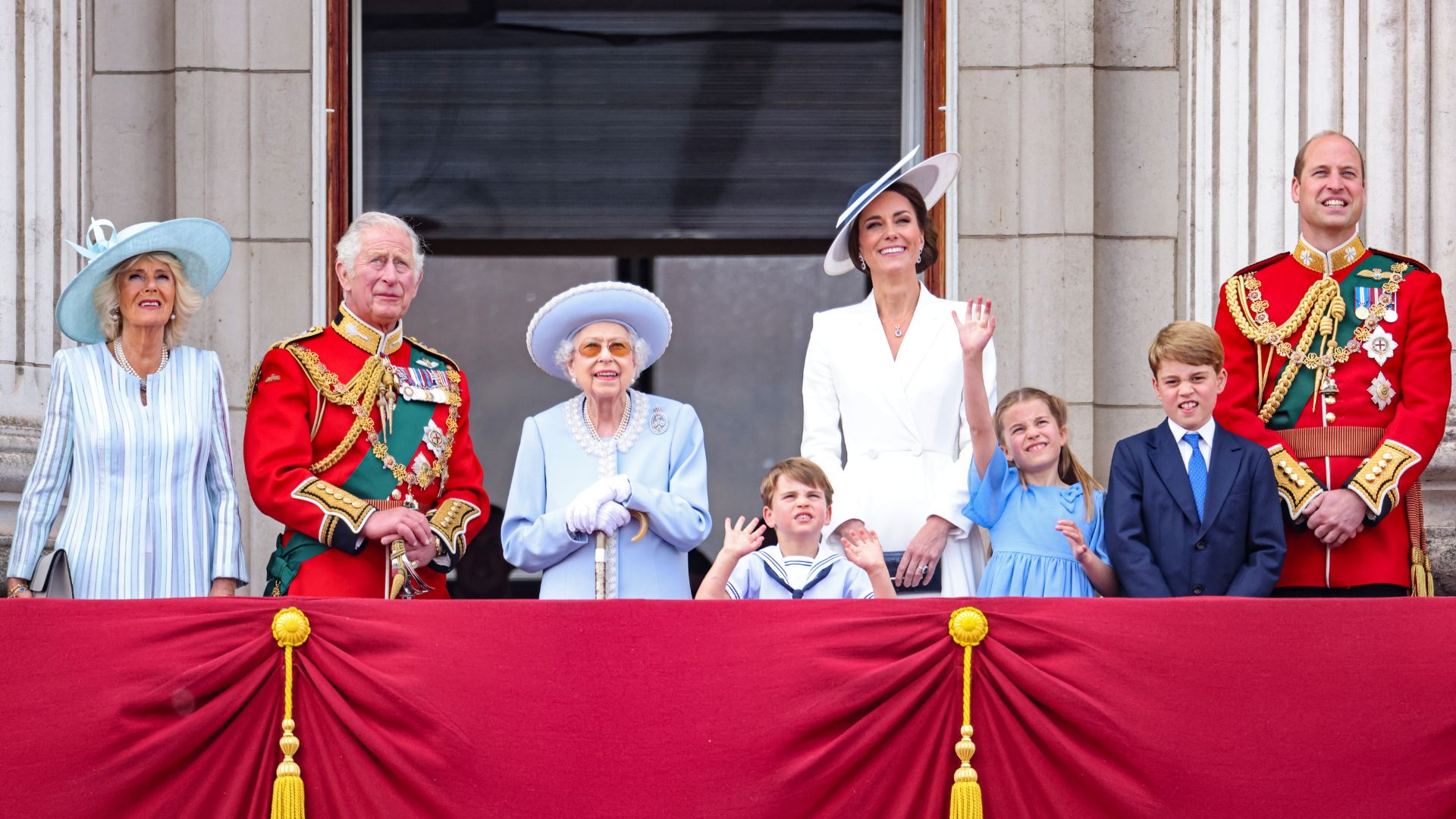
Sure, nicknames might be allowed in private and casual times – and we know that the Princess of Wales might jokingly call her husband a cheeky pet name – but royals go by their full names when being properly addressed.
For example, the world might have met her as Kate, but the future queen will be officially addressed as Catherine, Princess of Wales.

Jack Slater is not the Last Action Hero, but that's what comes up first when you Google him. Preferring a much more sedentary life, Jack gets his thrills by covering news, entertainment, celebrity, film and culture for woman&home, and other digital publications.
Having written for various print and online publications—ranging from national syndicates to niche magazines—Jack has written about nearly everything there is to write about, covering LGBTQ+ news, celebrity features, TV and film scoops, reviewing the latest theatre shows lighting up London’s West End and the most pressing of SEO based stories.
-
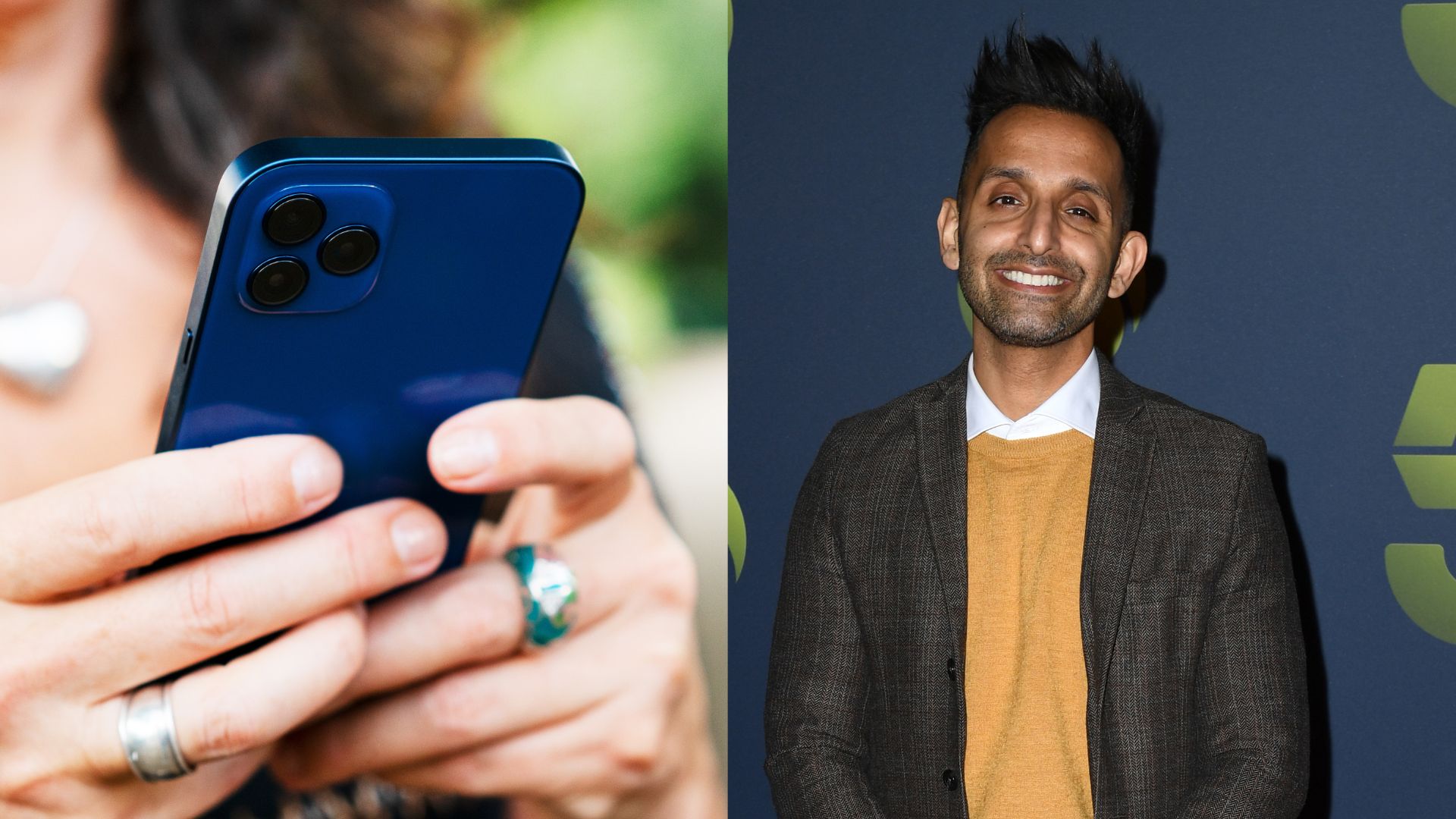 Dr Amir Khan reveals the 5 symptoms you should 'never' ignore, no matter how 'vague' they are
Dr Amir Khan reveals the 5 symptoms you should 'never' ignore, no matter how 'vague' they areDr Amir Khan, a GP who often appears on ITV's Lorraine, took to Instagram this week to share the symptoms he'll always take a second look at
By Grace Walsh
-
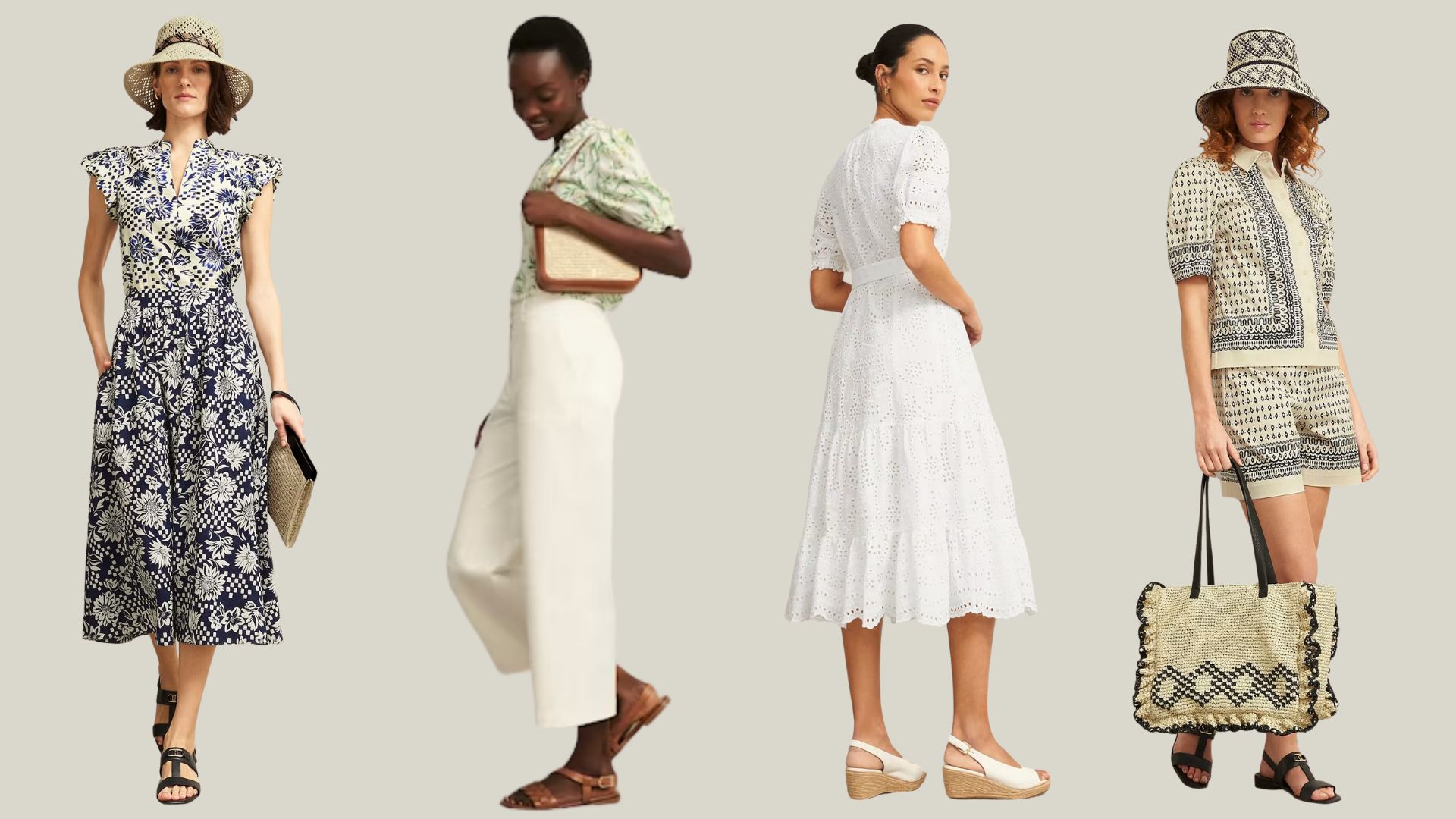 Head to Hobbs for holiday-ready linen and the most elegant summer dresses you’ll find on the high street
Head to Hobbs for holiday-ready linen and the most elegant summer dresses you’ll find on the high streetWondering where to shop for a chic summer wardrobe? Hobbs has you covered
By Caroline Parr